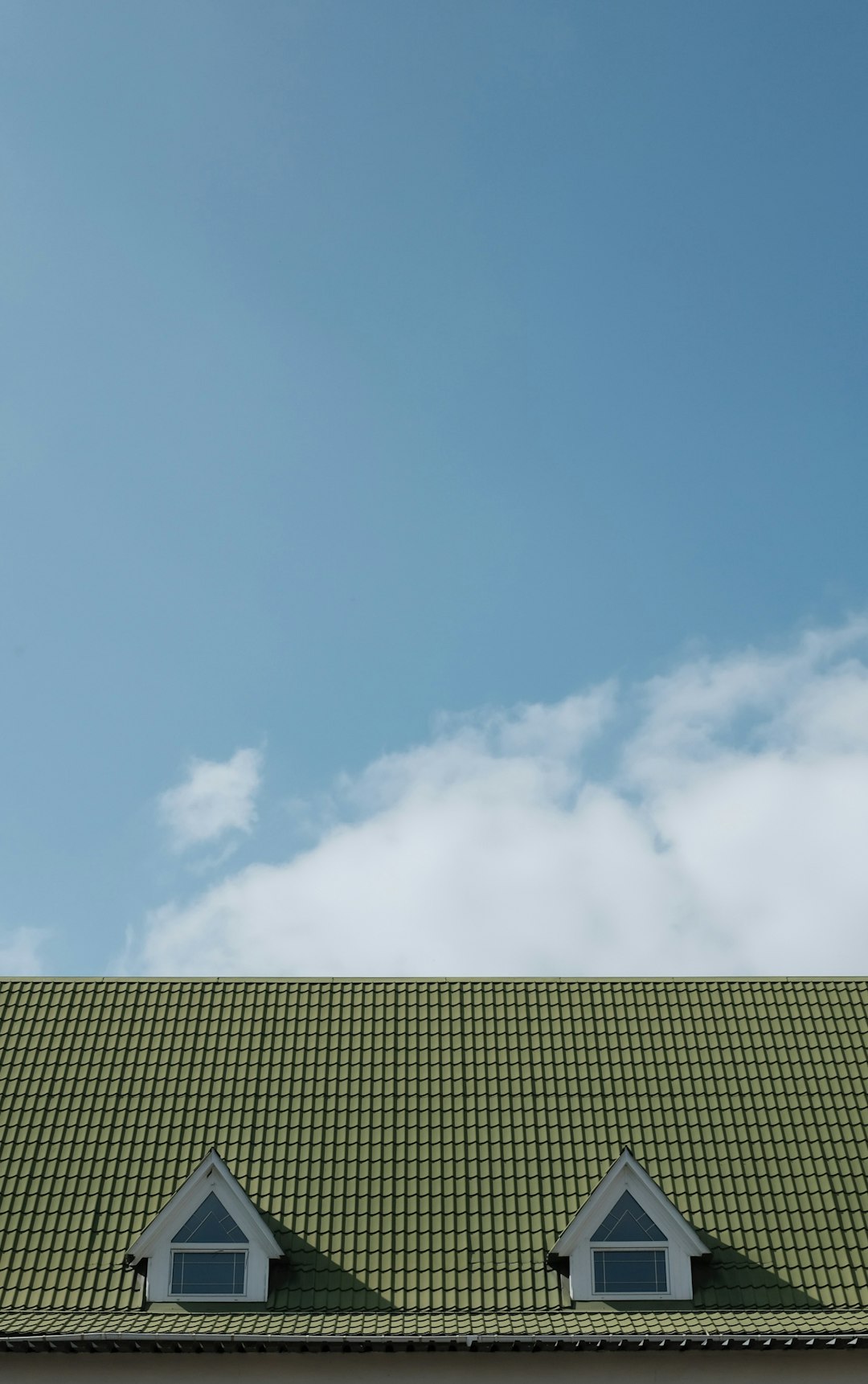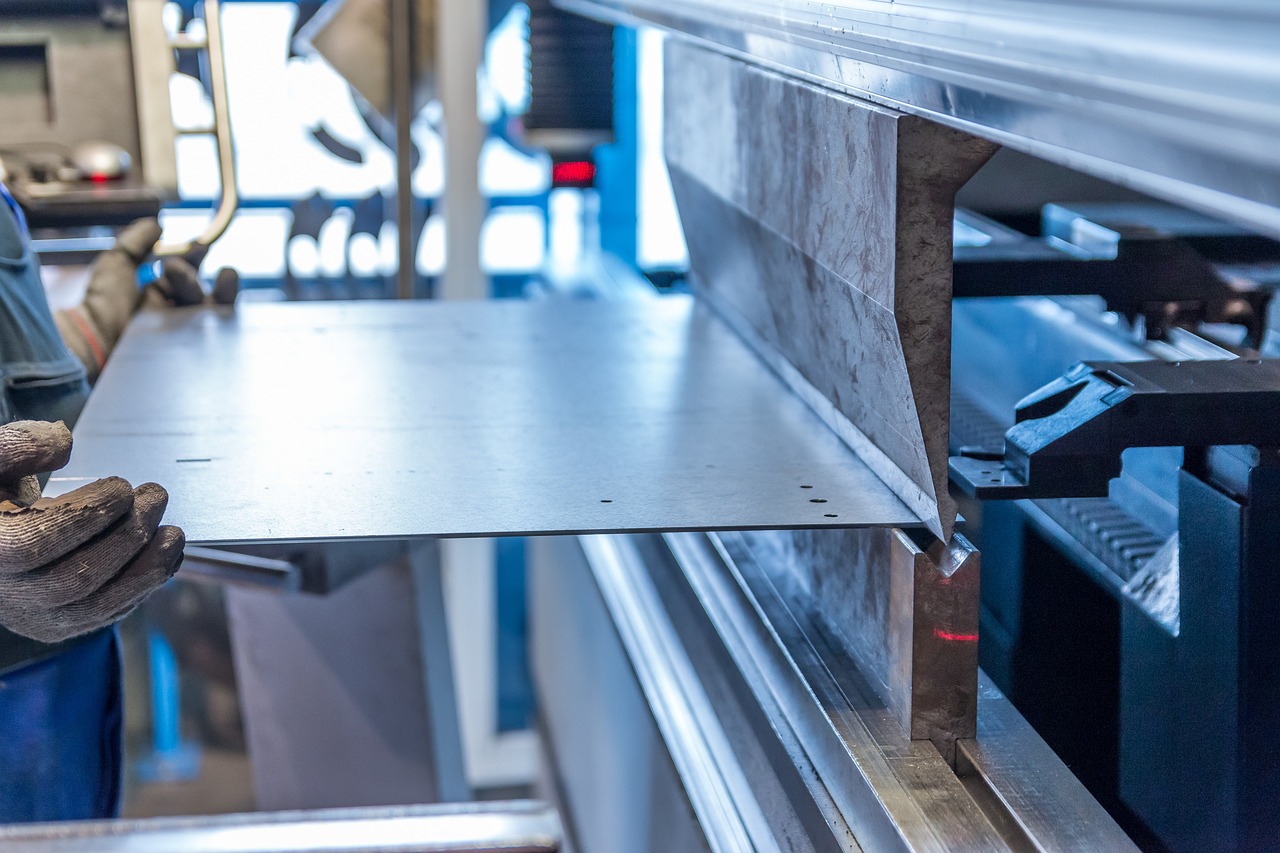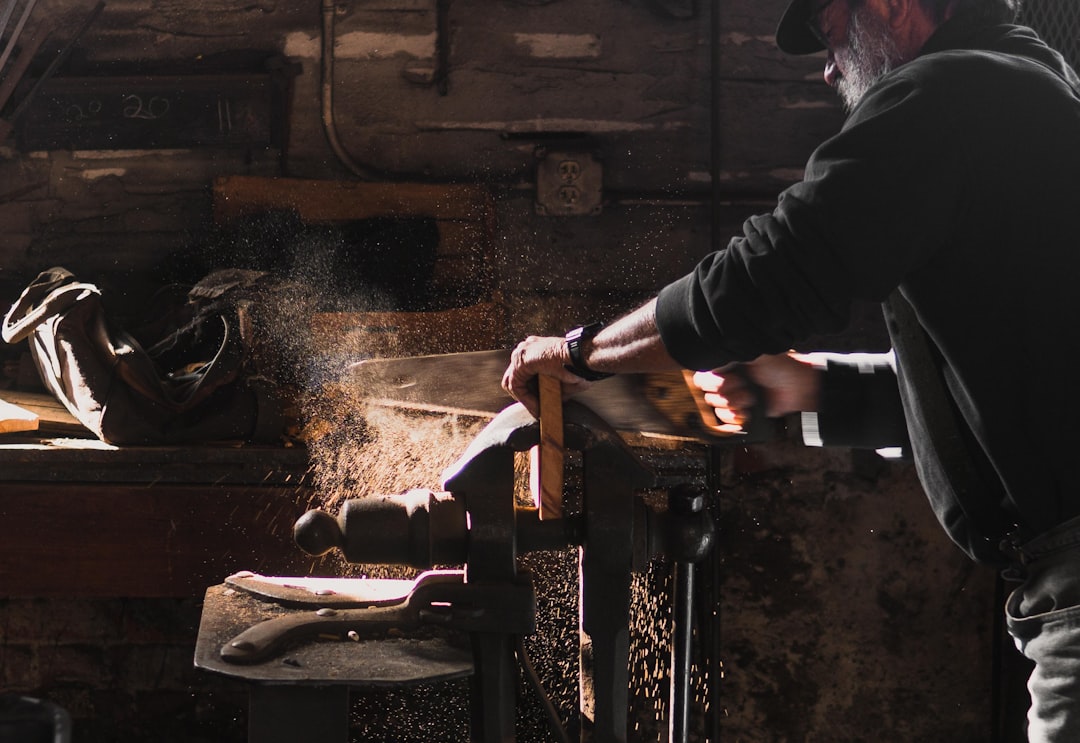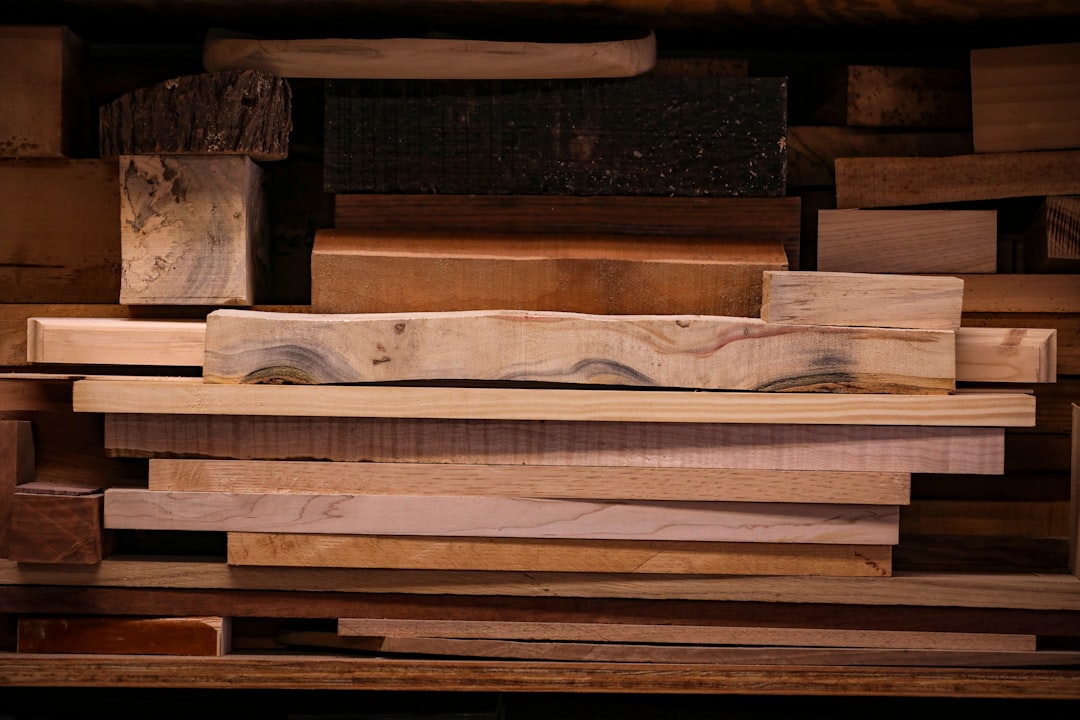Cultured marble, despite its name, is not real marble and is a man-made product that is created through the use of marble dust and resins. The mixture of these two items is molded using various forms and can create shower surrounds, vanity tops, and walls. It is finished with a gel coat that gives it a high shine that makes it look very much like marble.
Cultured marble can chip or get damaged, but can be repaired using various cultured marble repair kits that contain gels, pigments, and a catalyst. The repaired areas must be then refinished so that there are no signs of the earlier damage. For a proper repair job, it is important to prepare the damaged portion by smoothing out the jagged edges and making sure that the resulting cavity is clean and dry. A small amount of the gel coat must be poured into any container and the pigments and catalysts added and mixed well. This mixed patching material must then be applied to the cavity or crack needing repairs. Overfill the hole and smooth the top of the patch to level it to the needed extent. Patches must be allowed to dry overnight.
The patches can shrink and if this is noticeable or has cracked, you will need to put in an added layer of the patching material. Once you have decided that the patch has been adequately repaired, you will need to finish it. Wet down the patch and use fine-grit sandpaper to smooth it down till it is smooth and has matched the surrounding area. You may then need to add a clear coat of gel onto this patch and the areas surrounding it so that the entire area shines as before.
Cultured marble surfaces can also develop small scratches and imperfections that may also need cultured marble repair to be carried out on them. For repairs to these small defects, it is necessary to sand these areas with sandpaper, starting with the rougher 400 grit and going down progressively to 1000 grit. This must be done carefully with circular motions that do not in any way cause any further damage to the cultured marble surface. The sanded surfaces have then to be finished with a rubbing compound.
You can then finish the entire surface with a gel coat that is just like fiberglass and protects the relatively porous surface of the cultured marble.











